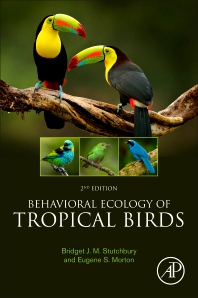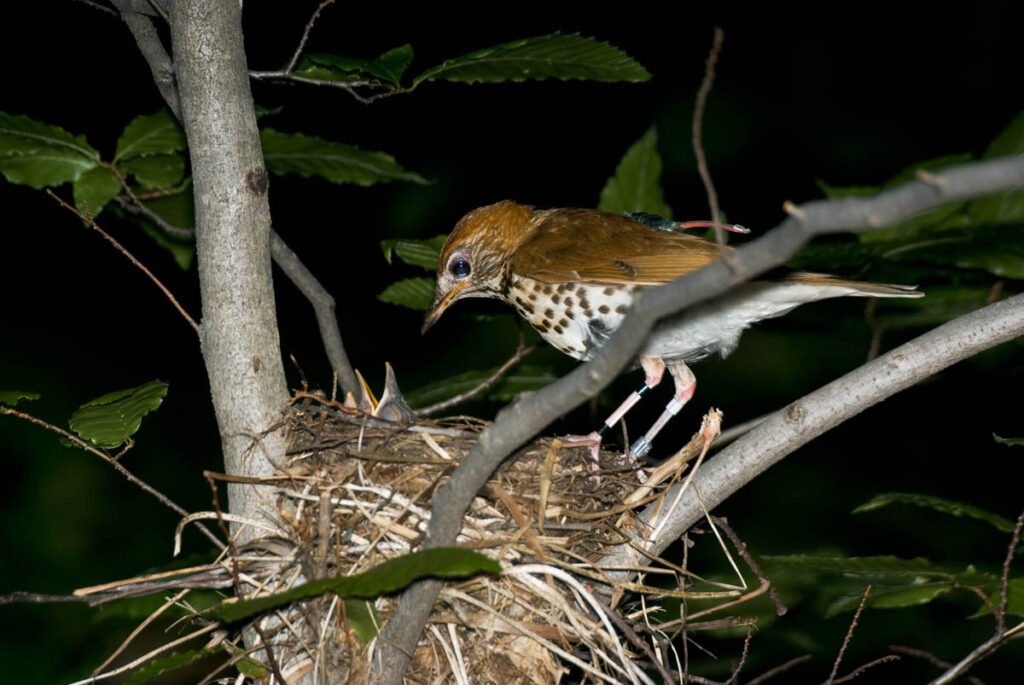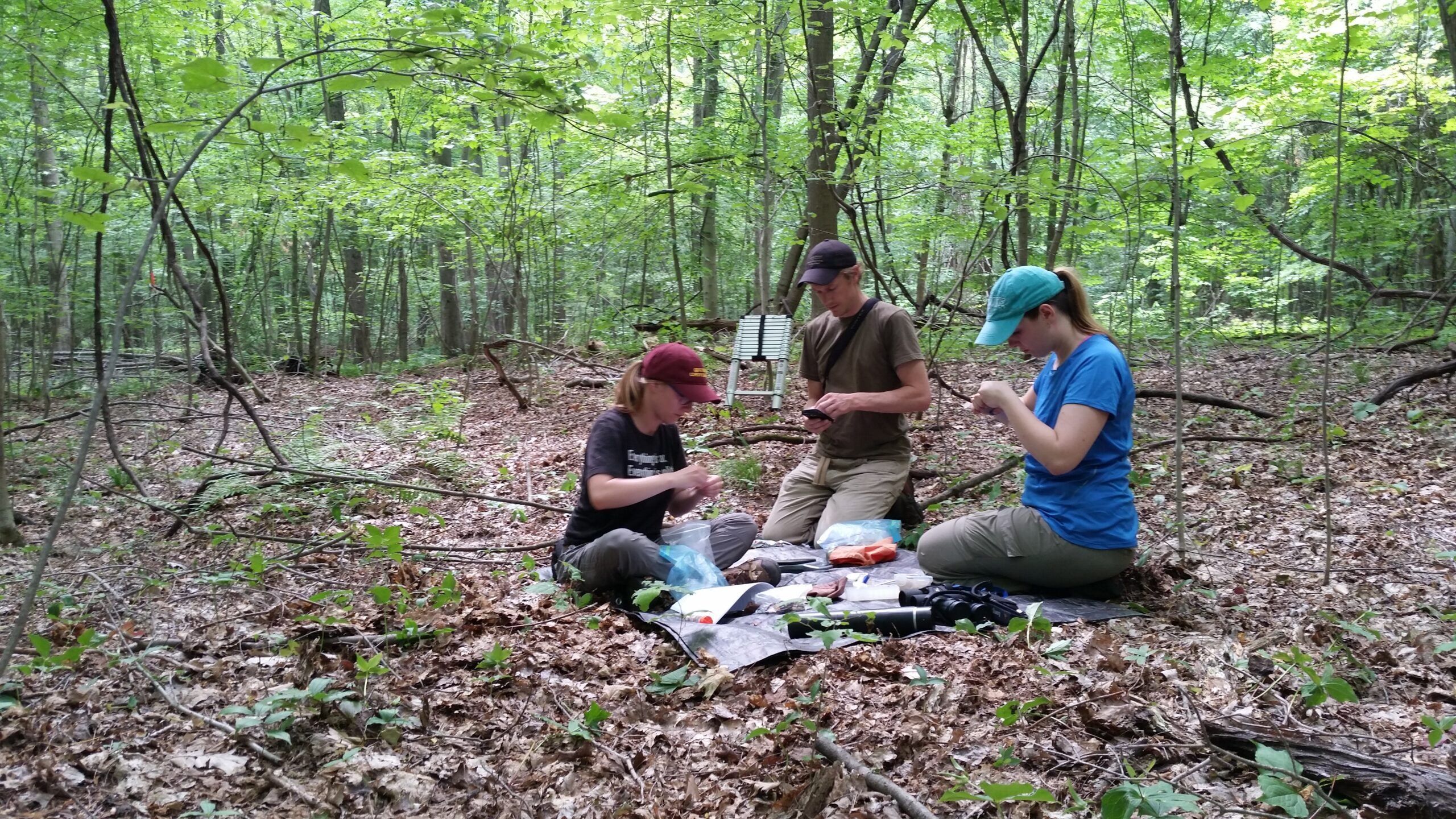The Stutchbury lab focusses on the conservation biology and ecology of migratory songbirds in North America. Dr. Stutchbury is not accepting new graduate students as she is retiring in 2024, and she will continue to write layperson books and articles on conservation. The Stutchbury lab pioneered the use of light level “geolocators” to track individual songbirds to their wintering grounds and back and has more recently tested for seasonal carry-over effects in Wood Thrushes using the Motus Wildlife Tracking system.
McKinnon et al. 2013 geolocator review.pdf
Stutchbury et al. 2009 geolocator tracking.pdf
Dr. Stutchbury also did much research in the Panama studying tropical resident birds to understand how and why their behavior is similar to, or different from, temperate-tropical migrants. Behavioral Ecology of Tropical Birds, Second Edition provides the most updated and comprehensive review on the evolution of behavior in tropical landbirds. The book reviews gaps in our knowledge that were identified twenty years ago when the first edition was published, highlights recent discoveries that have filled those gaps, and identifies new areas in urgent need of study. It covers key topics, including timing of breeding, movement ecology, life history traits, slow vs. fast pace of life, mating systems, mate choice, territoriality, communication, biotic interactions, and conservation. Written by international experts on the behavior of tropical birds, the book explores why the tropics is a unique natural laboratory to study the evolution of bird behavior and why temperate zone species are so different. A recent surge of studies on tropical birds has helped to reduce the temperate zone bias that arose because most avian model species in behavioral ecology were adapted to northern temperate climates. This is an important resource for researchers, ecologists and conservationists who want to understand the rich and complex evolutionary history of avian behavior.

Wood Thrush Migration
We have tracked Wood Thrushes from sites across the breeding and wintering range to study the carry-over effects from breeding to fall migration, the flexibility in timing of departure from Central America, the differences in spring migration schedule between naive juveniles and experienced adults, and to create a migratory connectivity map for the species.
McKinnon et al. 2015. Carry over effects. pdf
McKinnon et al. 2014 Juvenile migration.pdf
Stanley et al. 2015 Migratory connectivity.pdf

Purple Martin Migration
In collaboration with the Purple Martin Conservation Association, we teamed up with researchers, biologists, and volunteers across North America to track hundreds of purple martins. We have identified the core wintering sites occupied in Brazil, tested whether populations could migrate earlier in the warmest year on record, and mapped how birds navigate the Gulf of Mexico barrier in fall. We are currently studying how landscape cover and rainfall influences intra-tropical migration and the extent of individual flexibility in timing and routes.
Fraser et al. 2013. Spring migration warmest year.pdf
Fraser et al. 2013. Fall pace and Gulf of Mexico.pdf
Fraser et al. 2012. Purple Martin Migratory Connectivity.pdf

Forest Fragment Size, Fall Migration Timing, and Survival of Juvenile Songbirds
Understanding the ecology of songbirds, on both the breeding and wintering grounds, is fundamental to developing informed conservation strategies. Very little is known about the survival of young after they leave the nest because they must be radio-tracked. Even less is know about their fate after they disperse from their parent's territory. Our research program, led by PhD student Susan Hayes, used the MOTUS automated telemetry array in southwestern Ontario to track the pre-migration movements, onset of all migration, and first migration survival of Wood Thrushes.

Forest Fragment Size, Fall Migration Timing, and Survival of Adult Songbirds
Many wintering ground studies have shown that habitat quality has seasonal carryover effects, with poor habitat causing delays in spring migration and reducing reproductive success. However, few studies have yet addressed how breeding habitat could affect fall migration timing and migration survival. PhD student Brendan Boyd assessed how breeding in small forest fragments affected body mass, corticosterone levels, season-long reproductive success and timing of last nesting attempt in Wood Thrushes. He used the MOTUS automated telemetry array to test for carryover effects on fall migration timing and apparent survival.

